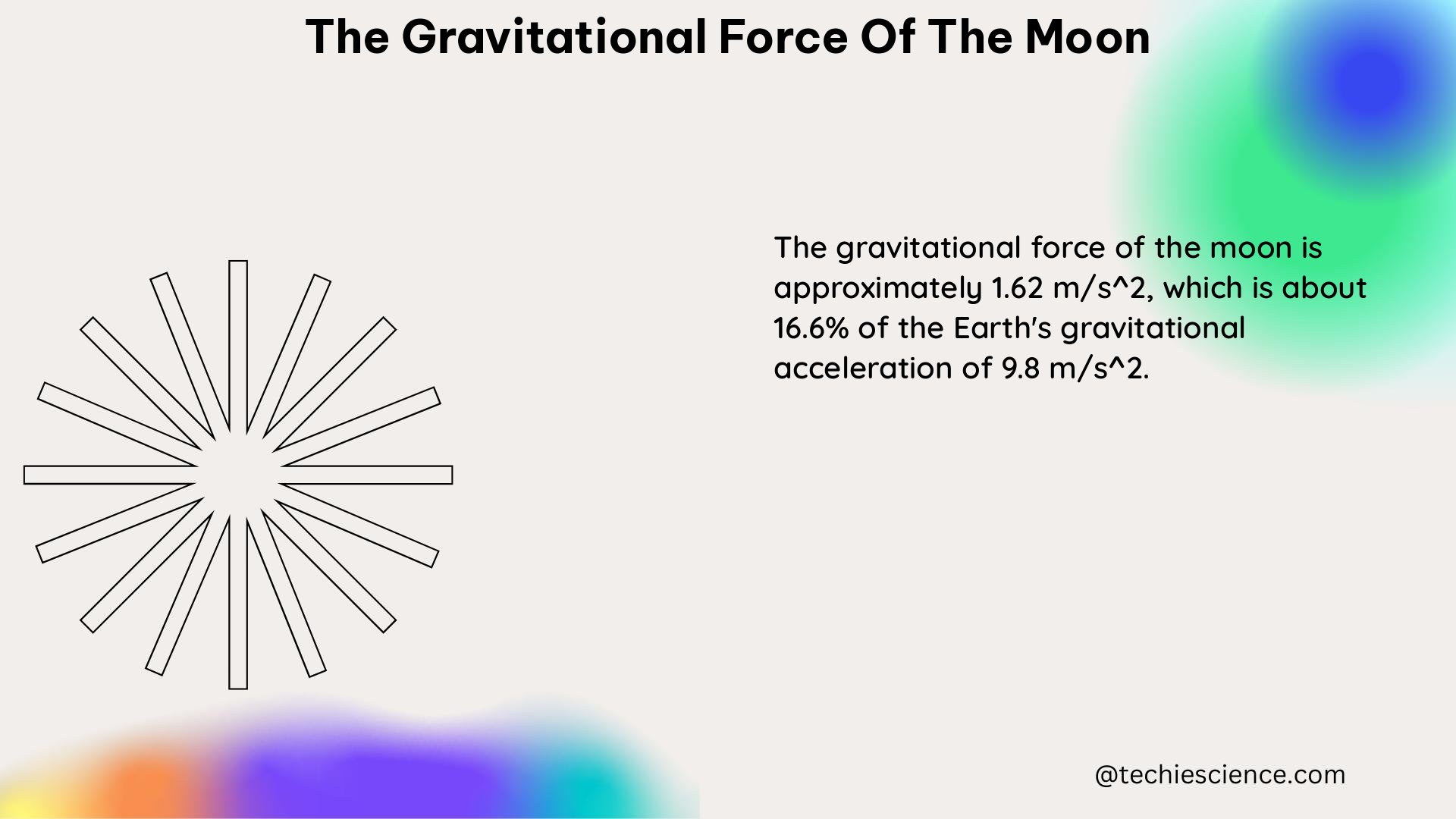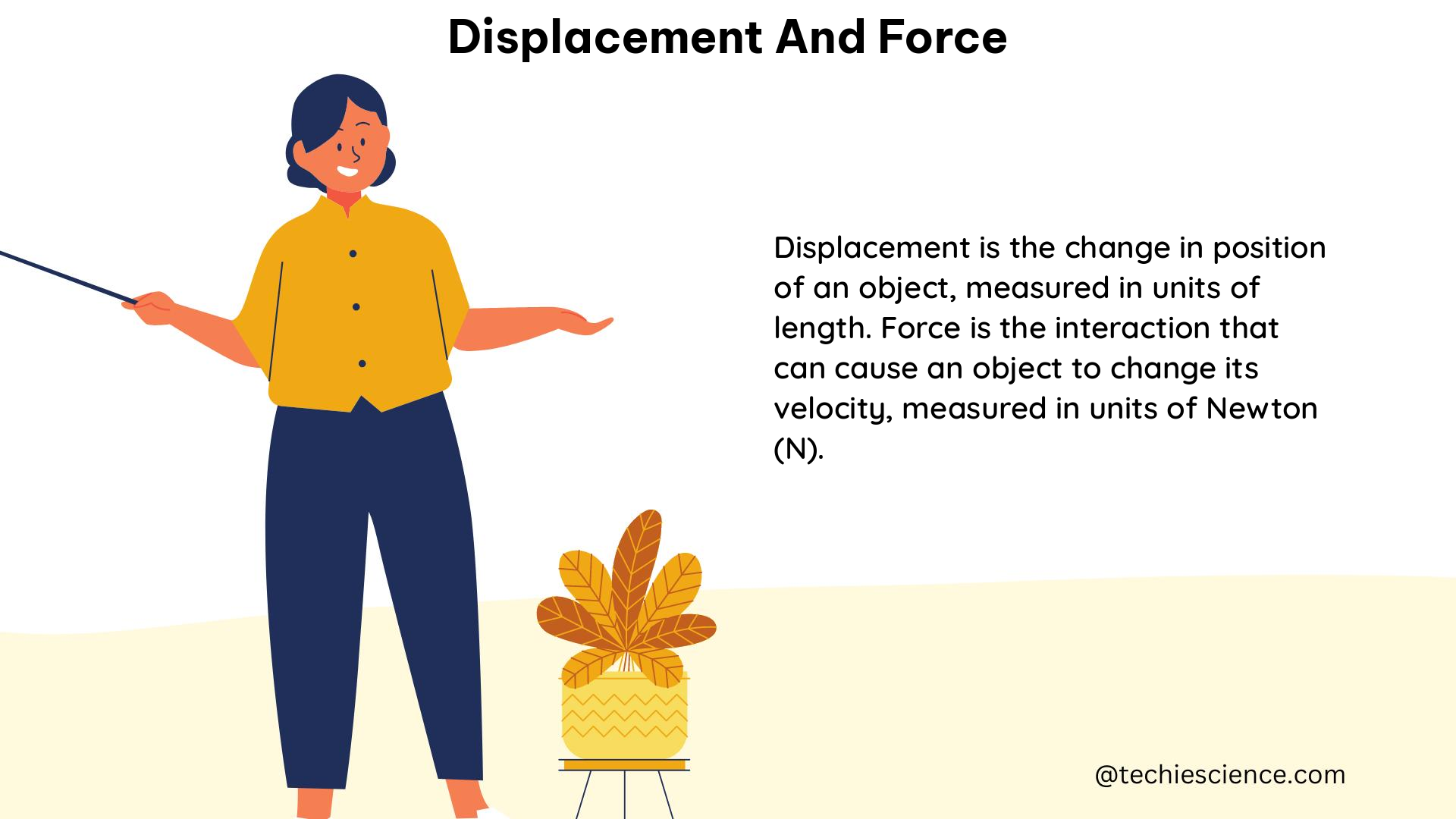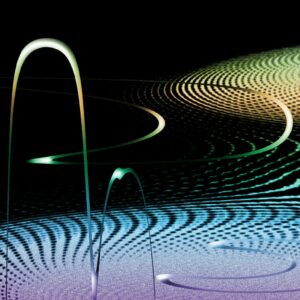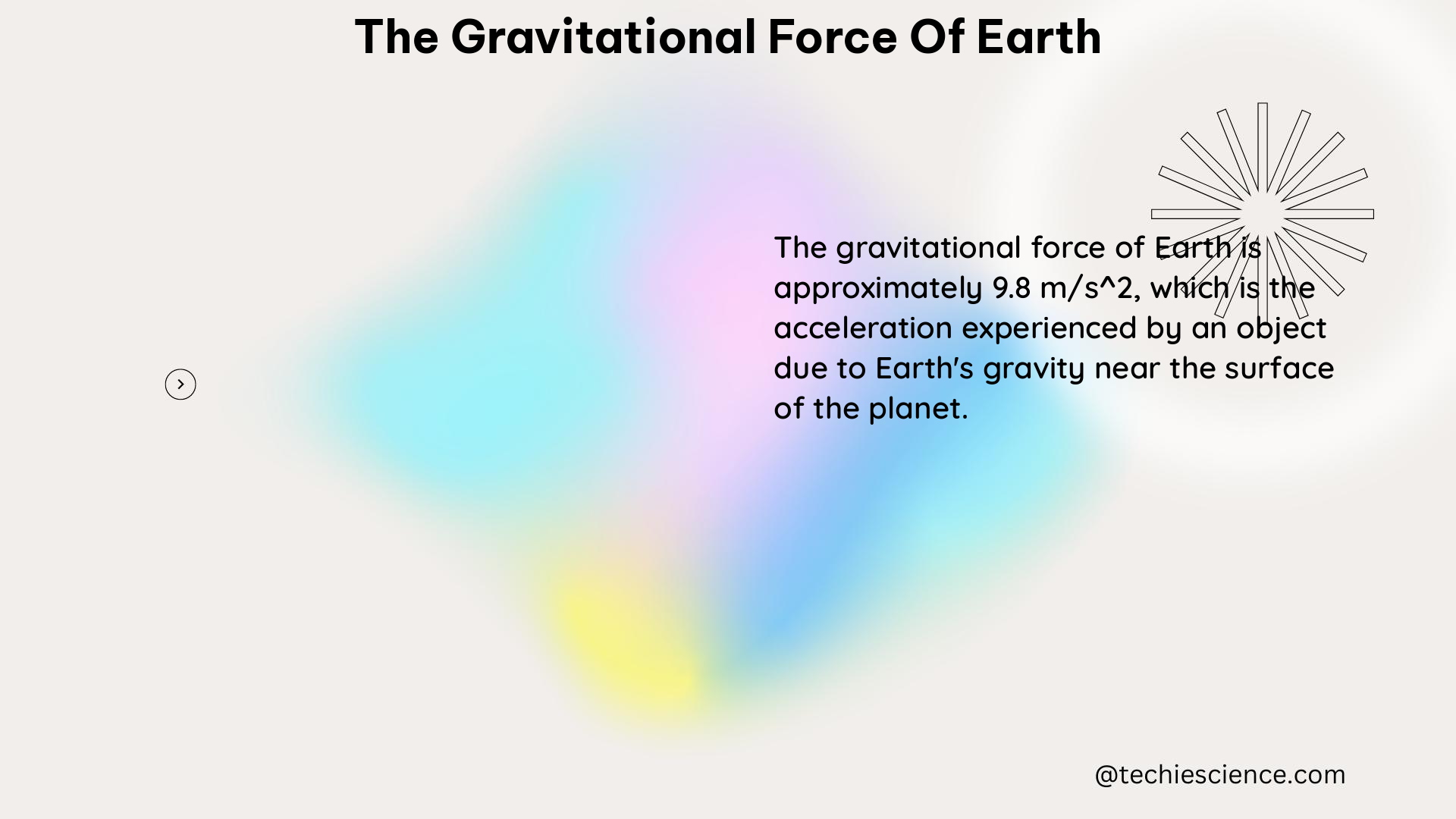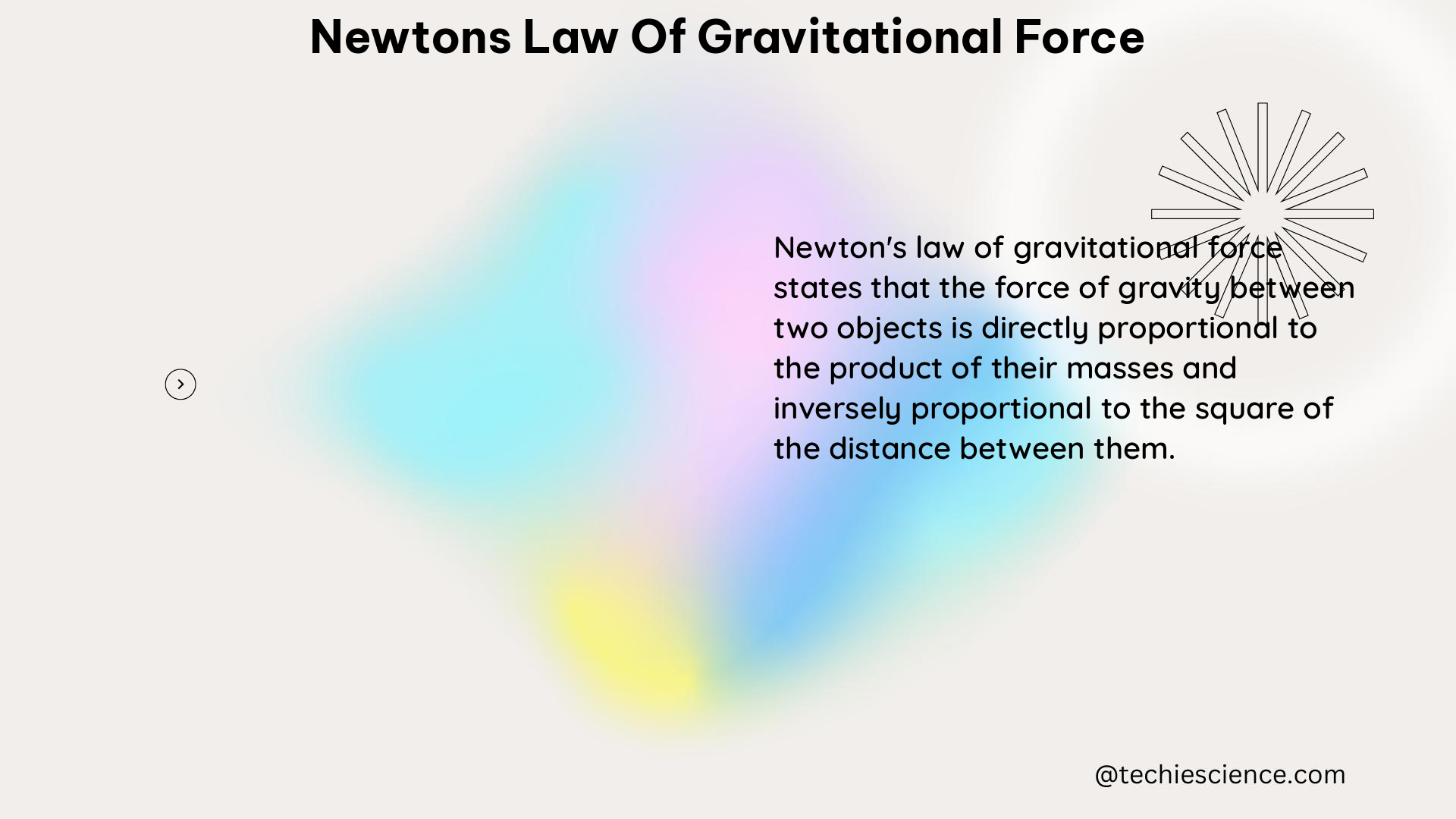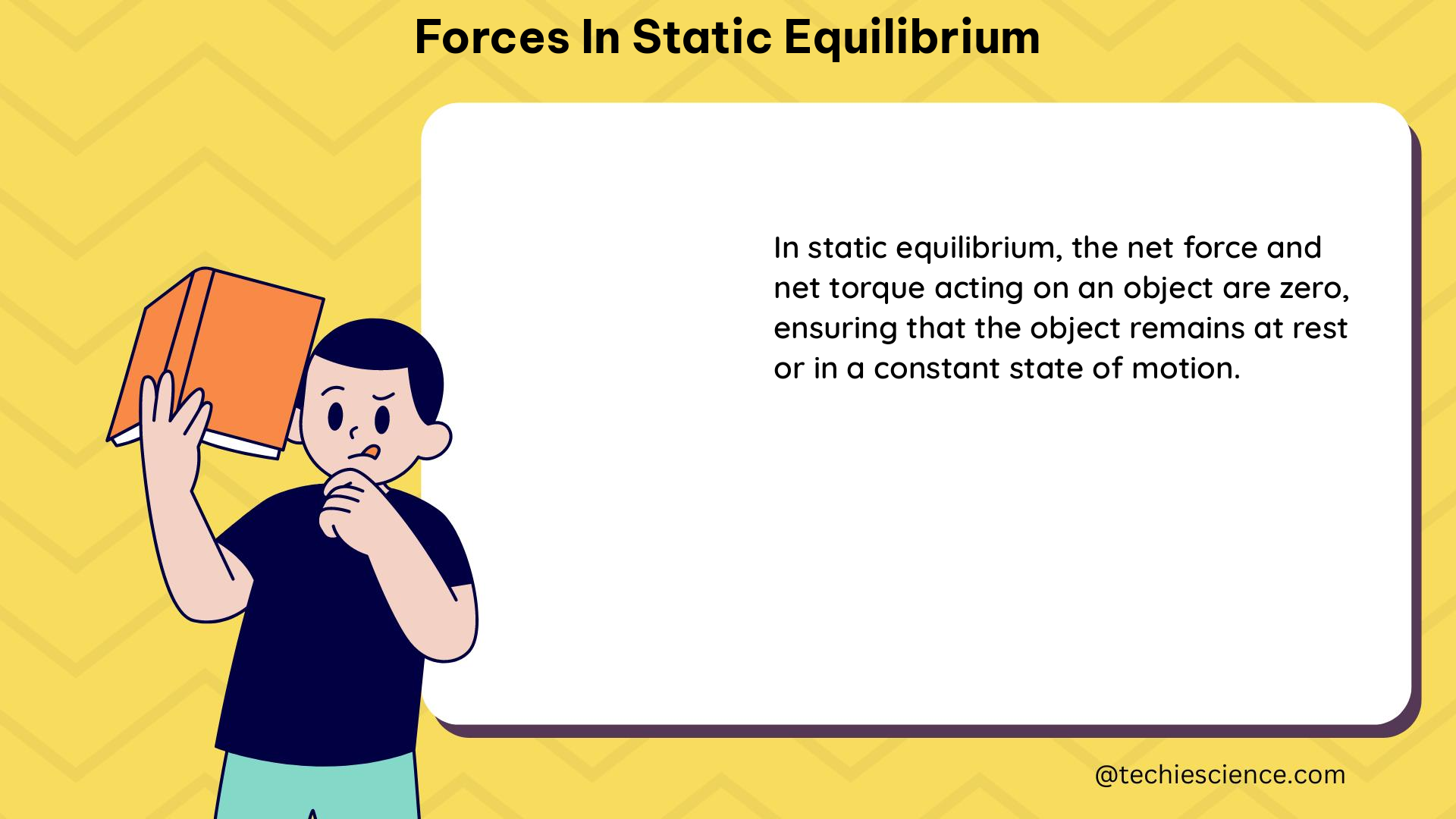Is magnetic flux a magnetic force? Yes, magnetic flux is a magnetic force whereby both are the attributes of the Magnet. Magnetic flux is the entire magnetic field that travels through a precise region. It is a valuable tool for describing the effects of the magnetic force on anything at a selected point.
The magnetic field is the sector wherein moving charges feel the force, and the flux density is the volume of magnetization that pass through it. Magnetic flux measurement is specific to the location chosen. Unit of Flux is Weber 1 Weber = 108 lines of magnetic force.
The spirals encircling the plasma-filled toroidal vacuum system create the toroidal field. (To prevent the plasma from being chilled by exchanges with air particles, it must be placed inside an evacuated chamber.) Designs utilizing cryogenic coils have started to take the place of copper coils to reduce the power inefficiencies in the coils.
Can flux be magnetic force?
The north pole of a compass will repel and spot away from a magnet if it is placed close to the magnet’s north pole. Therefore, the strong magnetic lines of a magnet step away out of its north pole and more towards its south pole. The compass continues to remain subject to magnetic forces, those brought on by the Earth, even after the magnet has been taken out of the equation.
The oscillating magnetic forces generated by the spinning permanent magnets as well as the current shifting of the coils cause vibration to occur through the small air gap when enduring magnet motors and turbines generate torque. Finite element techniques can be used to determine the magnetic force using the flux density and the Maxwell primary standard in cylindrical coordinates.
The source of machinery vibration can indeed be identified via strong magnetic analysis, in addition to the torque that the engine produces as output. In permanent magnet DC rotating machines, travelling magnetic fields cause vibration.
With the assistance of two pairs of magnets, the Maglev train system can drive elevated trains forward by taking full advantage of the absence of friction. One set of magnets is used to repel and drive the level up off the track. To raise, accelerate, and direct a vehicle across a track, maglevs make use of a fundamental magnetic force principle: magnetic poles resist one another while contrary magnetic poles attract one another (or guideway).
How does the fridge door stay shut? The soft magnetic ceramics in the refrigerator magnets, such as barium ferrite as well as strontium ferrite, align the orientations of delocalized electrons in the copper atoms in the refrigerators in a rather way that perhaps the magnet and the refrigerator door are drawn to each other, holding the doors closed.
The major and minor diameters of the plasma in a fusion reactor process called nuclear fusion would be approximately 10 m (33 feet) and 2 to 3 m, respectively. The doughnut-shaped magnetic field’s flux density would be measured in several Tesla, and the plasma flow is in order of 10 million amperes.

What is magnetic Flux?
The overall amplitude of the magnetic field’s structural component, designated as element “B,” as determined over the surface region is called the magnetic flux in the domain of magnetism. The area summation of B above a surface yields the magnetic flux estimate for that surface.
The maximum count of field lines that pass through the confines of the observed closed surface is another way to describe magnetic flux. Both SI unit Weber (Wb), as well as the CGS unit maxwell, is used to describe the magnetic flux, which is also represented by the symbols or B.
The magnetic flux is measured using a device known as a fluxmeter. Because each measurable location in the magnetic flux has a pressure exertion magnitude and direction, it is regarded as a velocity field. Magnetism can be graphically represented as a collection of lines known as field lines. Therefore, it is argued that perhaps the gross volume of field lines on a surface is dependent upon the size of something like the magnetic flux within this area.
To calculate this number of lines, though, one must subtract the number of lines going one way from the number going the other. The magnetic flux density is the difference that was found.

What is magnetic force?
We are aware that excited electrons are flowing in a defined way as a result of the conductor’s current. Each particle travelling in such a conductor or circuit feels a force when it is positioned in the magnetic field.
Consequently, the magneto restrictive force is exerted on the current-carrying wire or conductor. Let’s imagine a charged particle is travelling in a uniform magnetic field at a velocity of v.
The magnetic force is a force that the charge “q” experiences as a consequence of the interplay between both the magnetic field created by strategy should be implemented as well as the magnetism supplied.

How is magnetic flux related to magnetic force?
The magnetic line of force, which has the following characteristics, produces magnetism. The closed-loop is created by the magnetized line of force. The magnetic lines force is north to south in direction. However, inside the magnetic field, they move in the opposite direction, from southwards.
The magnetic lines don’t cross over one another. When parallel and facing the same way, magnetic lines repel one another, the quasi-magnetic substances do not affect one.
Magnetic forces are also used to operate microwave ovens. To provide the energy needed for cooking, they employ a magnetron. A vacuum tube called a magnetron is made to make electrons move around inside the tube in a loop. The magnetic force which enables the electrons to flow in a loop is made by placing a magnet around the tube.
Data is contained using a succession of some very small earth’s magnetic fields in computers, cassette tapes, and credit cards. A magnetic flux oriented either to the north or indeed the south corresponds to the binary numeral units of binary, which computers use to process information.
There is an instance of a hard disc or cassette, these fields are wrapped or spun, making it possible for a magnetized detector to interpret them. The disc has a magnetic layer that is made up of trillions upon trillions of small magnets. Information is recorded in the disc using an electromagnetic head.
Difference between magnetic flux and magnetic force
The main distinctions seen between the magnetic field and magnetic flux are as follows. The magnetic field is a region surrounding a magnetic field in which the polarities and a moving charge encounter the forces of attraction and repulsion. The magnetic flux, on the other hand, displays the proportions of said magnetic lines of force which flow through it.
The magnetic field is computed as the sum of the moving charges’ orientation and magnetic field intensity. In contrast, a magnetic field is indeed the result of the region all-around magnets and the field strength.
The usage of the electromagnetic force, diamagnets, rare-earth magnets, and cryogenic materials are feasible for magnetic levitation locomotion and suspension. When you take a train again, you’ll be shocked to discover that you’re riding on massive magnets.
The SI-derived unit for magnetic flux is Weber, whilst Telsa is the SI unit for a magnetic field. Overall magnetic flux is dependent on the field strength and radius, whereas the magnetic field is solely dependent on the magnet that produces it.
Is magnetic flux density a force?
The magnetic flux is the amount of flux line passing through a given unit area. The quantity of magnetic flux passing over a unit surface area is measured perpendicularly to the magnetic flow’s path. In simple words it is the orientation and magnetizing force that surrounds a pole or a direct charge.
The conductivity in the area where the force is present multiplied by the magnetic fields gives the magnetic flux density. Equation F = q v B, where q is the quantity of electrical potential, v is the charge’s velocity, B is the magnetic flux intensity at the charge’s position, and is the vector product, describes the force acting on electric charges travelling through a magnetic field.
Problem:
A squared loop with a side of 6 cm is placed in a 0.9 T uniform magnetic field such that the loop’s plane forms a 60° angle with the magnetic field. What flux is present in the square loop?
Solution:
Φm =BAcosθ
= 0.9 x (6 x 6) x cos60
=16.2 mWb
Conclusion
Overall magnetic flux is dependent on the field strength and radius, whereas the magnetic field is solely dependent on the magnet that produces it. Both magnetic fields, as well as magnetic flux, have relationships with one another. Due to the obvious magnetic flow, the magnetic field is produced. Therefore we must know that depending upon the circumstances the magnetic flux and the magnetic force will be same and differ according to the need.
Also Read:
- How to find net force with mass and speed
- Van der waals force
- Centripetal force vs centripetal acceleration
- Does the direction of magnetic force change
- Is gravity a conservative force
- Difference between damped oscillation and forced oscillation
- Example of net force
- Is force a vector quantity
- Example of static force
- How to find normal force with mass and acceleration

